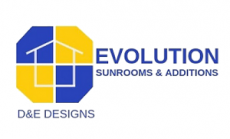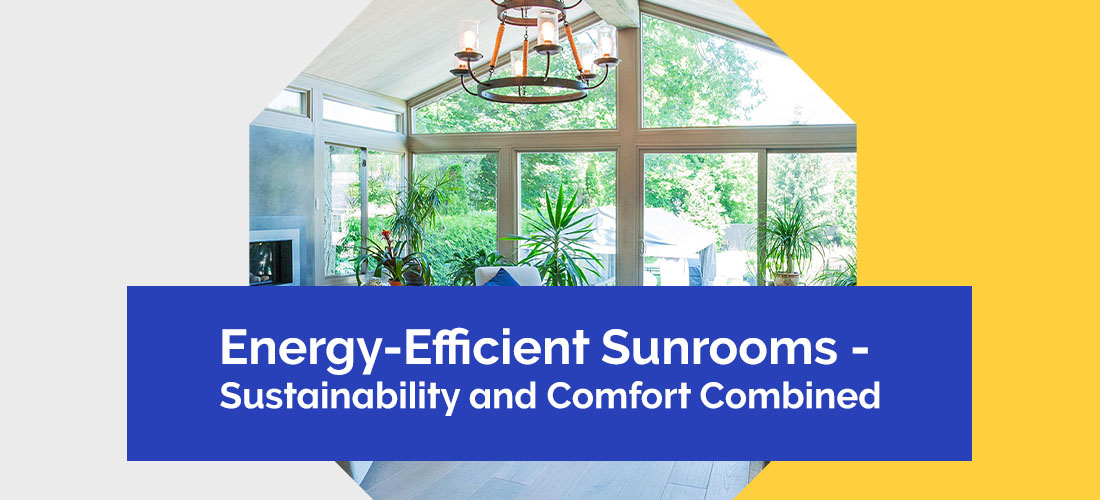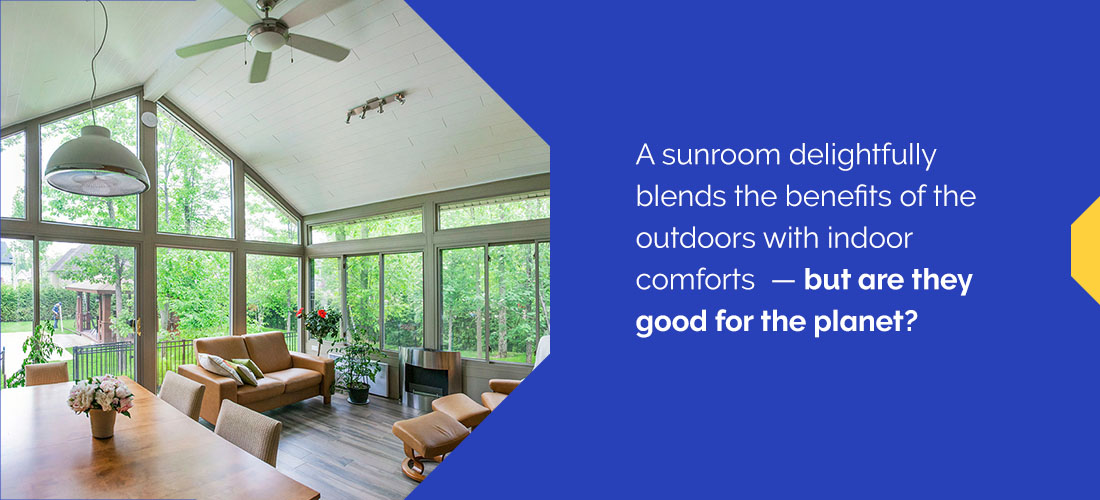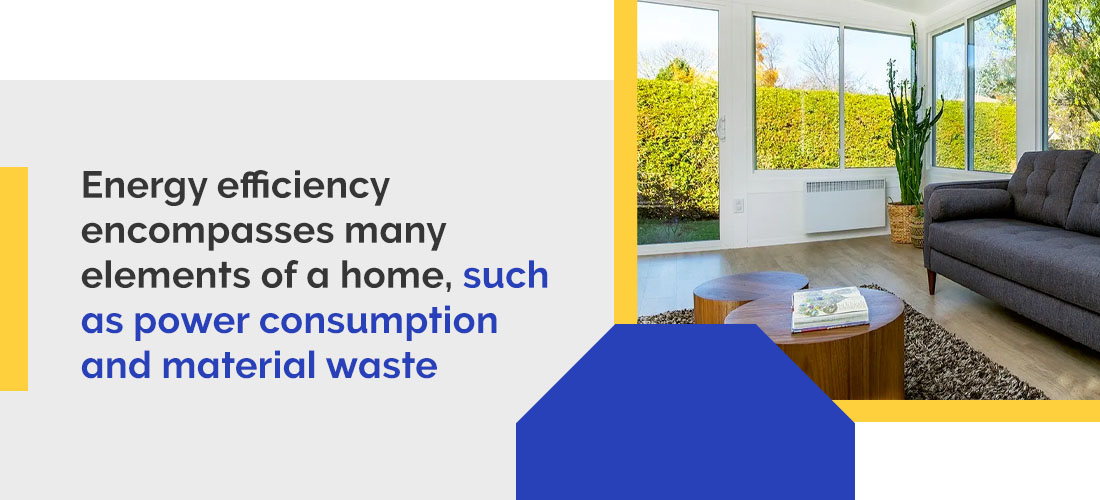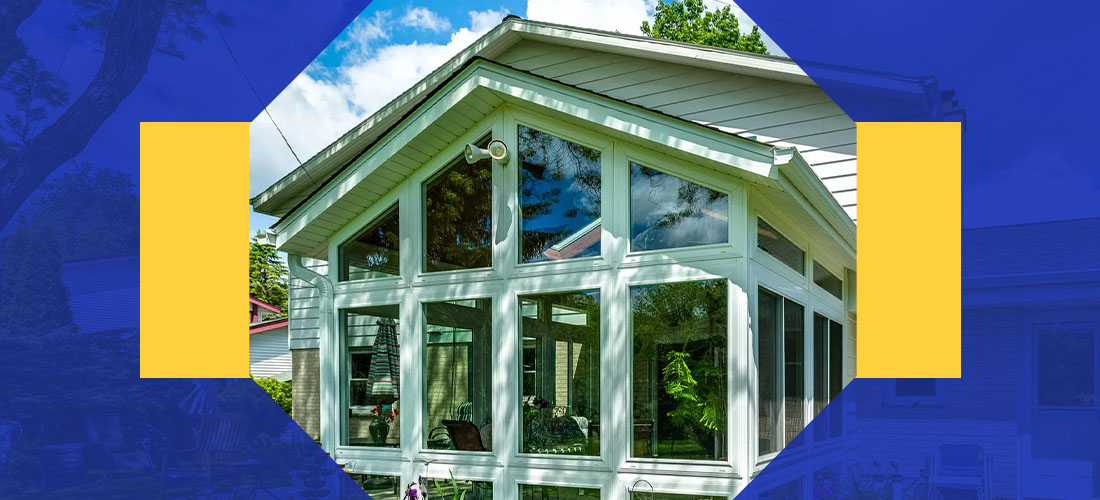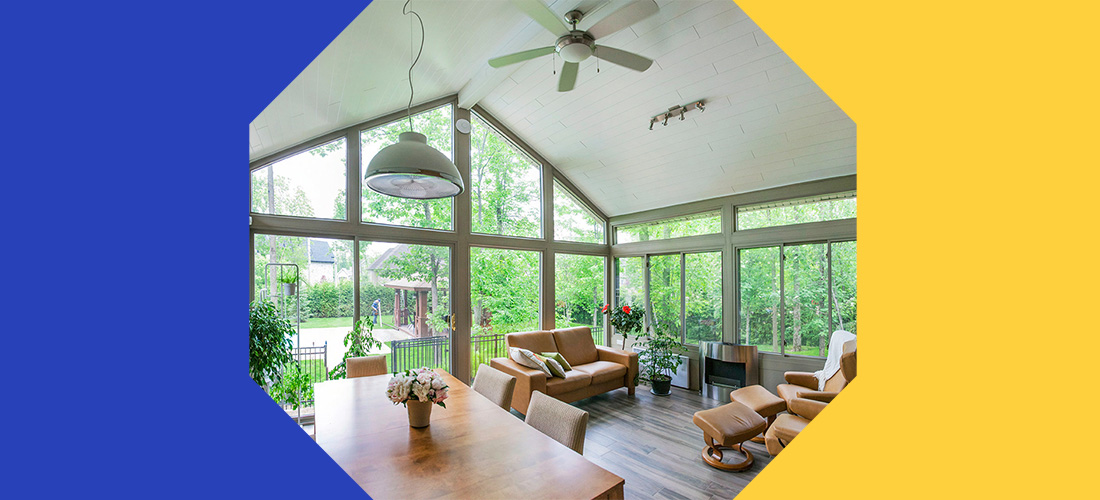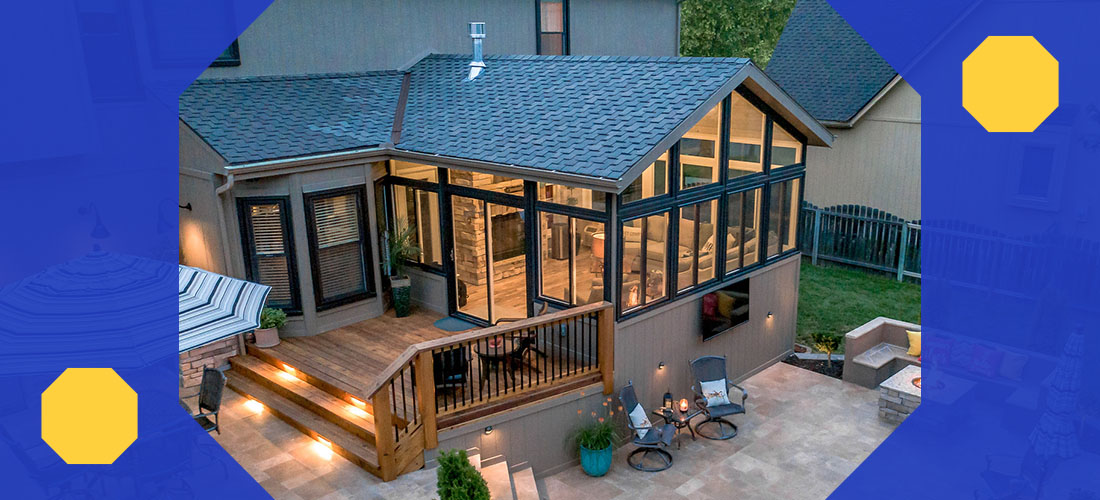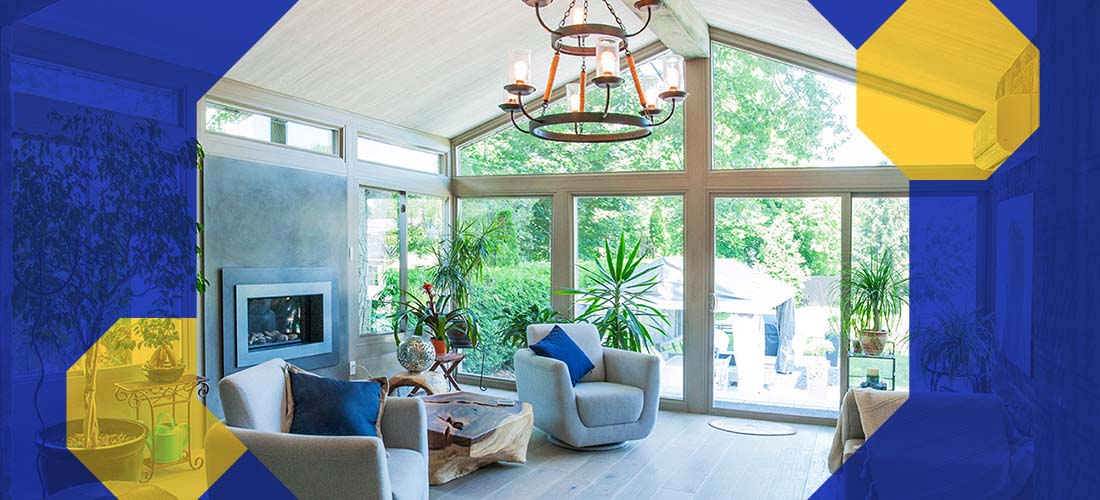A sunroom delightfully blends the benefits of the outdoors with indoor comforts — but are they good for the planet? If you build it thoughtfully, a sunroom can be exceptionally energy-efficient, allowing you to help the planet, save on your energy bills and reduce waste. Before building a sunroom, ensure it has an energy-efficient design that supports a comfortable space.
Energy Efficiency in Homes
Energy efficiency encompasses many elements of a home, such as power consumption and material waste. To reduce power demands, you’ll need to limit your use of electronics, such as space heaters, air conditioners and inefficient lights. Often, reducing usage relies on implementations like modern appliances, weather sealing and sustainable building practices. Depending on the climate, these elements work together to use power more efficiently and minimize heat gain or loss.
While energy-efficient appliances and habits help in other areas of the home, sunrooms heavily emphasize passive solar design. This strategy uses other room elements, such as location and materials, to avoid wasting energy. For example, in a cold climate, you might place windows facing south to collect more sunlight.
Are Sunrooms Energy-Efficient?
Like the rest of your home, your sunroom’s energy efficiency depends on its construction. Since they involve large windows, poorly designed sunrooms can lose and gain heat inefficiently. Fortunately, modern energy-efficient sunrooms use technologies built for the job. Some examples of sunroom climate control include windows that reflect heat in the summer or weatherstripping that retains heat in the winter.
A well-built sunroom can be comfortable and sustainable. You get the best of both worlds at any time of year with a design tailored to your home’s unique aspects.
Eco-Friendly Sunroom Design and Construction
Creating an energy-efficient sunroom calls for a combination of technologies and design choices that support pleasant temperatures year-round. Here are some examples of design features that can make a sunroom greener.
Insulation
Insulation is a crucial component of energy efficiency, keeping heat in during summer and out during winter. While you could use heating and cooling systems to adjust the temperature as needed, your home’s HVAC can drastically increase energy usage when it’s not necessary. Instead, focus on improving the insulation.
Preventing air leaks is also crucial for insulating your sunroom. Seal any gaps or cracks, and add weatherstripping to doors and windows.
Your framing system can support good insulation, too. At Evolution Sunrooms, we implement the patented Pultrex framing system, which uses fiberglass and polyvinyl chloride resin for industry-leading thermal performance. It offers exceptional strength and resistance to moisture, corrosion and damage.
Windows
Since the windows comprise such a large part of a sunroom, you’ll also need to choose high-quality materials that complement your insulation and control sunlight’s effects for a comfortable environment.
Try to install energy-efficient windows with glazing or coatings that support thermal performance. They should offer low emissivity or low-E, which reduces how much light and heat move through the glass. Having multiple panes can also help improve insulation. The window frame should use materials with excellent thermal performance, like fiberglass and vinyl.
You can control heat and sunlight with these flexible products installed inside the sunroom.
- Solar shades: Solar shades reduce the ultraviolet rays that enter the room without completely blocking the window. They provide gentle, filtered light to cut down on heat gain and glare. Plus, they prolong your furniture’s life span by preventing premature fading from sunlight. Solar shades can also increase natural light to minimize the need for artificial lighting and the energy it requires. With many design options, you can find products to match your decor.
- Cellular shades: Cellular shades use a honeycomb pattern of cells to trap air and create an insulating barrier. They are an excellent addition in hot or cold temperatures.
- Weatherization window film: If you’re in a pinch, use weatherization kits to put a layer of insulating plastic film over the windows in winter. These films aren’t very sustainable, since you’ll eventually throw out the plastic.
- Insulating curtains: Curtains made from insulating fabric offer a flexible option. You can open them to let in sunlight or close them to keep heat out.
- Solar films: Solar film is a sheet of material that adheres to the inside of the window. It can block UV rays while filtering sunlight at different levels. Like solar shades, they can let in some natural light while minimizing heat gain. They come in many styles to fit your sunroom design.
Heating and Cooling Systems
Opt for a thoughtful heating and cooling system to suit your climate and space. Choose installation options that consume minimal energy and use renewable energy sources where possible. Smart or programmable thermostats can control heating and cooling, optimizing efficiency for the present conditions.
Efficient ceiling fans can reduce your need for air conditioning. They distribute heat in the winter by pushing warm air down from the ceiling. Ductless mini splits can also cool rooms, creating separate temperature zones throughout your home.
Some heating options include electric heat pumps or energy-efficient space heaters, as they don’t require complicated ductwork and offer control within the sunroom only.
Solar Energy Use in the Home
Several standardized measurements allow homeowners to make more informed decisions about energy efficiency and solar use in the home. Look for the following features when comparing your sunroom design options.
- Energy Star certification: Energy Star windows meet specific guidelines for energy efficiency set by the United States Environmental Protection Agency. The EPA says these windows can reduce energy bills by up to 13% across an entire home.
- A low solar heat gain coefficient: The SHGC refers to how much solar radiation gets through a window, skylight or door. This radiation can ultimately get released into the home as heat. A low SHGC allows less solar heat in, so it’s best for hot climates, while a high SHGC can keep the room warmer in cold weather.
- A low U-factor: The U-factor reflects a window’s resistance to heat flow and how well it insulates. A low U-factor represents better insulation to support energy-efficient sunrooms. While the best U-factor varies by climate, a value below 0.32 is good for climates with heating and cooling demands.
What Is the Difference Between NFRC and Energy Star?
Energy Star certification and National Fenestration Rating Council labels provide at-a-glance insights about a product’s energy efficiency. Energy Star offers a convenient and more generalized view of energy efficiency for a given product. An NFRC label has more details about individual energy properties, like the U-factor and SHGC. Both can help you compare your options.
Energy-Efficient Sunroom Services
Sunrooms are a lovely addition to any home, and modern, energy-efficient designs allow you to connect with nature while staying comfortable. At Evolution Sunrooms, we help homeowners across New Jersey, Pennsylvania and Delaware customize sunrooms for their lifestyles.
We can build several types of sunrooms, including:
- All-season sunrooms
- Cathedral sunrooms with vaulted ceilings
- Studio sunrooms with a versatile, single-eave design
- Multifunctional home additions
Start Building Your Efficient Sunroom Today
Evolution Sunrooms builds to a higher standard, with an advanced approach to eco-friendly sunrooms. We craft tailored solutions for any home with high-quality materials, passive solar design and a quick turnaround schedule.
Contact us today to schedule your consultation and see how we can help.
